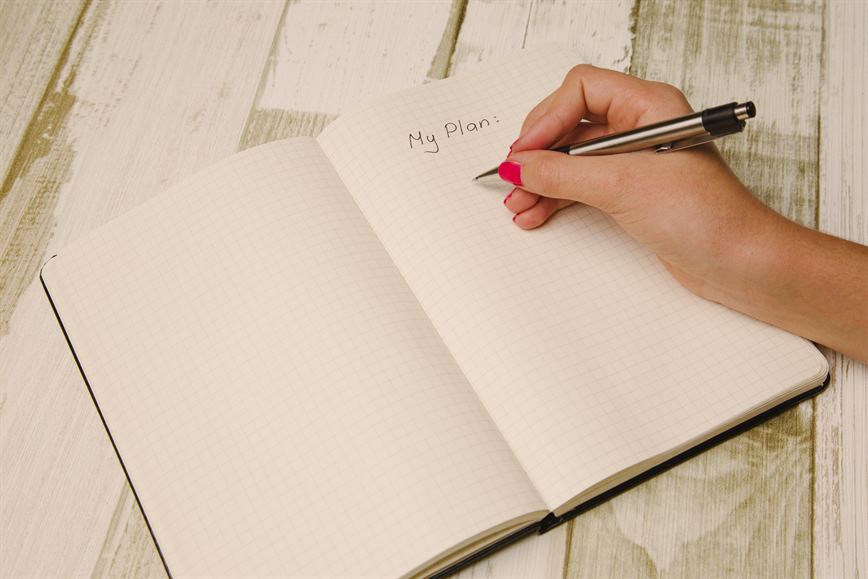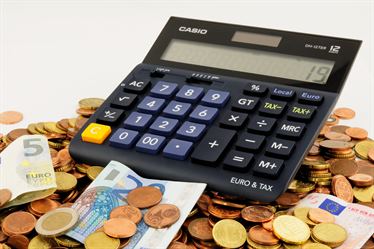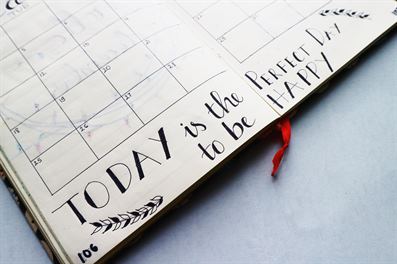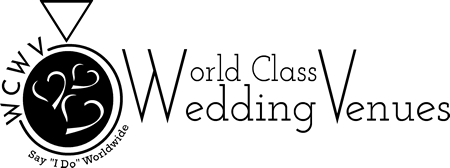Wedding 101: Budget, Guests, Dates and Colors

Wedding 101 is a series that we have created to help with all your wedding planning needs. Part two focuses on what to keep in mind when you are setting a budget, creating a guest list, choosing the date, and picking the colors for your wedding.
It’s time to get down to business and start planning your dream wedding! But before you start looking at venues, trying on dresses, and tasting cakes, there are a few decisions that need to be made. In order to plan, you must know four things: how much you can comfortably spend, the possible number of people you will invite, the potential date of your big day, and the colors you want to use.
Budget

The first step to your perfect wedding is your budget. Your budget is a reflection of what you, your significant other, your parents, future in-laws, or any other loved ones are willing to spend on your wedding. You need to think long and hard about exactly how much you are willing to spend on your special day. You also need to include anyone one who is providing financial support for the wedding into the creation of your budget. Your parents or in-laws may have an idea of what they would like to pay for. In order to know exactly where your money needs to go, it is best to split your budget into separate categories and dedicating a certain percentage of the overall budget to each category. One way to split the budget is:
Attire-10%
Rings-2%
Flowers-8%
Ceremony-2%
Reception-50%
DJ/Music/Entertainment-8%
Photography-10%
Miscellaneous/Safety Net-10%
To keep your costs low, make sure to prioritize what you believe is the most important, keep what you can simple, and keep the guest list short. Also try to go for flowers, decorations, foods, and colors that are in season so they don’t have to be special ordered and cost you more. You also want to be fully prepared to spend the money that you have allotted to your miscellaneous/safety net category. The average wedding in the United States costs an estimated $27,000! Also, most couples are more likely to create too small of a budget because they do not consider things like hidden/service fees, costs for delivery, cost of stamps, ink, printing, and gratuities. Try to keep these things in mind while creating your budget, and remember to aim high!
Guest List
The guest list, or a general range of the number of people you would like to invite, is good to have early on in the planning process. Having a general number helps narrow down the search when it comes to your venue of choice and your caterer. When creating your guest list it is important to have your spouse, parents, and future in-laws involved. They will make sure that the most important people are included in your special day. Just remember, the list you make at the beginning of planning is not the final list! You are free to go back and change it at any time. It is just easier to have a general idea of the number of people you are inviting compared to guessing a number without proper research.
The most important thing to remember when making your guest list is that you and your significant other are the ones who make the final decision when it comes to who is and isn’t invited. If there are people you don’t want to invite, but others do, do not feel obligated to invite them. Also, make sure to be careful when creating your list and make sure you do not invite too many people. It is incredibly easy to invite more people than you mean to. If you are planning a reception and providing food, remember that you must have enough to feed the total amount you have invited. Most couples will not see everyone they invited to their wedding, but you have to be prepared for them regardless. This means looking at your budget and seeing how many people you can afford to provide for at the reception.
Setting a Date

It is incredibly important to know your wedding date early on in the planning process. The main reason it’s so important is that it will help you choose your venue and vendors. There are venues that perform weddings year round while others only operate during certain times of the year. Some venues will perform multiple weddings a day and others will only perform one a week. Just remember: selecting your dates some venues charge more during certain times of the year because those times are during peak wedding seasons. The peak time for weddings is normally April-June and October-December. Because of the variety of wedding venues the variety in ways that the venues can be operated, making sure you have a potential date before you go tour venues is important. In fact, it is a good idea to have multiple dates in mind just in case your one of your dates is not available. The potential dates could be all within the same month, all throughout the year, or even go into the next year. Just remember to give yourself plenty of time to plan and make sure your vendors will be available the same day as the venue. Vendors, such as your caterer, florist, and baker are going to want a date so they can make sure they are available, begin to collect ingredients at a proper time and to give you a better idea of what’s in season at the time of your wedding. Giving dates will also allow you to set up payment plans so you do not have to pay for everything at once.
Choosing Your Colors
Colors are great to know early on in planning but are not an immediate need. Having colors in mind when you begin to tour venues will give you an idea as to what the venue will look like with decorations related to your color palette. Having your color palette can also help your vendors as well. Caterers can help find foods that relate to those colors, florists will use the palette to help you choose flowers, and bakers will incorporate your colors into your cake and dessert. Choosing colors is always fun, and you will want to have a variety on your wedding day; however, you don’t want to pick too many colors. Too many colors can cause the theme of your wedding can cause confusion, or the colors may clash. Too few colors can cause your wedding to seem bland and boring. Many brides will normally go for 3 or 4 colors. Many will go with what their favorite colors are, some will choose more traditional colors, and some will even try to match their colors to the ones trending that year. In 2017, Pantone Color Institutes color of the year was Greenery, which led to many weddings that had a lot of foliage and a natural feel to them. This year, the color of the year is Ultra Violet. This matches the current trend of incorporating metallic colors, and creating a more modern look. Your choices in color should be a reflection of who you are and the theme you want your wedding to be, so don't be afraid of avoiding trends if they don't agree with the things that you like.
After you have a budget, guest list, a date, and colors for your wedding, you're ready to take the next step in planning, which is finding venues and vendors! In the next Wedding 101, we will give tips and tricks on how to find your dream venue and the vendors to go with it.
